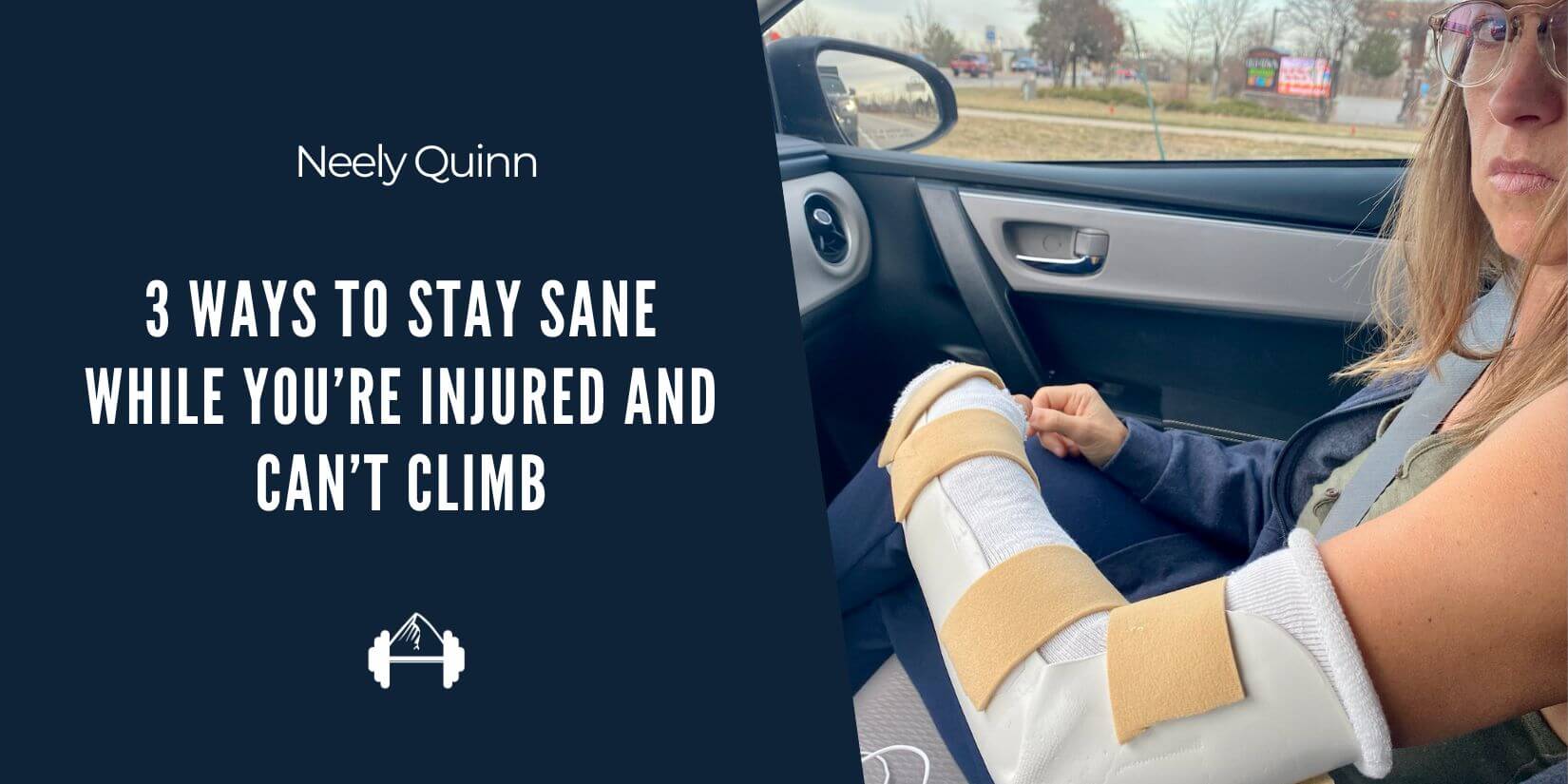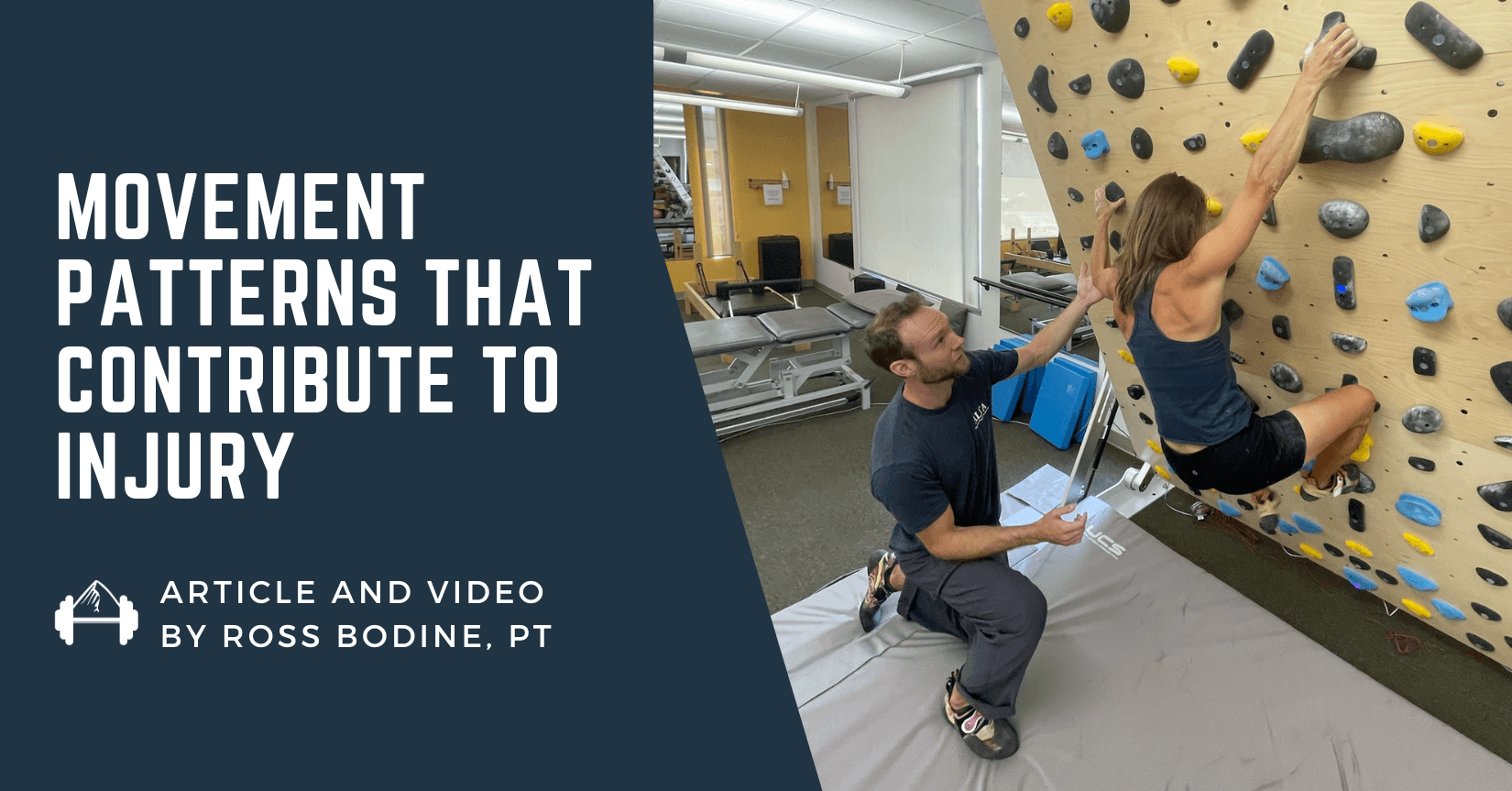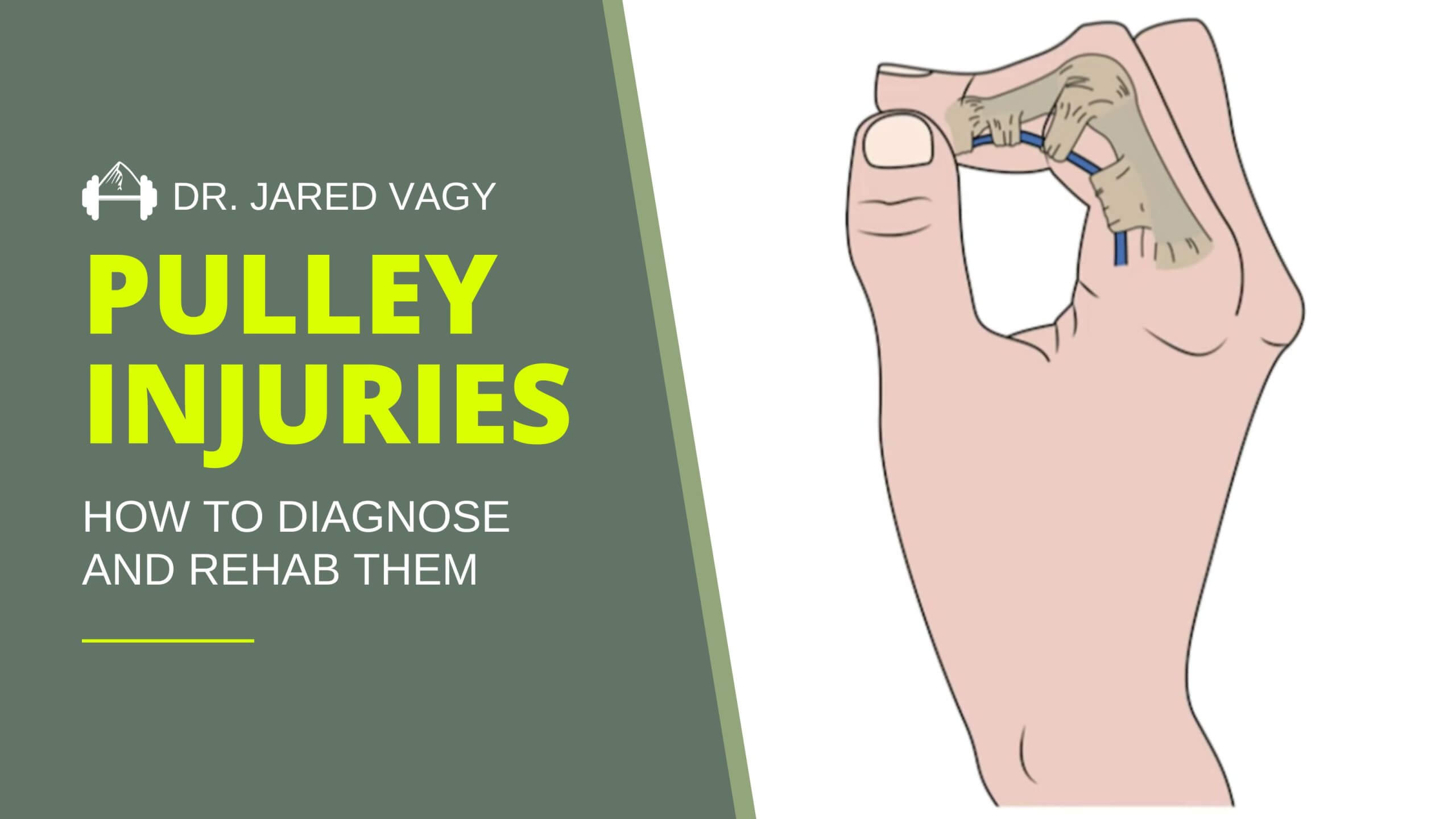Climbing injuries happen. While we can be proactive with our prevention and follow a well-designed training program, if you climb long enough, you’re going to deal with an injury. Whether it’s a shoulder, elbow, or finger injury, you’re going to be confronted with an injury of some kind. What’s most important is how you approach this injury.
Today, we have two articles from the Black Diamond Hang Right series featuring physical therapist Esther Smith and BD athlete Sam Elias. The articles highlight Sam’s shoulder injury, his process of learning and rehabbing, and how he emerged from being injured a stronger and better climber than before.
“The lessons that Sam learned on his journey from shoulder injury to recovery to return to sport can be transferable to all climbers and other types of injuries. Recalling Sam’s lessons when navigating injury can help guide us through the scary and intimidating process of healing and making decisions about our course of care. With the right team of expert providers, Sam took ownership of his body and did everything in his power to gain knowledge and make necessary changes in his engrained movement patterns and training habits. This helped him not only to heal, but also to grow stronger, more confident and more versatile as an athlete and as a person.” – Esther Smith
“Everything came together, and it goes to show that injury doesn’t have to be an endpoint. It can be a starting point, a chance to reconsider everything, and make valuable changes. Progression of any kind, including healing, takes time. It’s best to be patient, and go step by step, moment by moment.” – BD Athlete Sam Elias
The Knowledge Quest
Both articles are pretty in-depth and outline a lot of practical information from Esther, Sam, and Will Anglin of Tension Climbing. If you’re struggling with shoulder issues, these articles definitely contain advice that is not to be missed.
That said, while this information is extremely valuable, we think the most valuable information in these articles is about how to approach the process of being injured in the first place. What you’ll surely notice as you read them is that Sam didn’t see his shoulder injury as something he could just overcome and move past quickly. He saw it as an opportunity to learn and better himself as a climber. Because of that approach, Sam didn’t just heal his shoulder, but, instead, uncovered and learned about some underlying weaknesses in his body and climbing mechanics. This seeing an injury as an opportunity for growth is an extremely valuable and healthy approach. That’s a process we can all learn from whether we have a shoulder injury or not. Click through below to get all the details for yourself.
Full Articles: HANG RIGHT PART 4: THE KNOWLEDGE QUEST—LESSON 1
HANG RIGHT PART 4: THE KNOWLEDGE QUEST—LESSONS 2-4
Cover photo: Sam Elias lifting courtesy of Andy Earl
Other Articles You Might Like:
- Esther Smith and BD Beta Videos
- TBP 066 :: Physical Therapist Esther Smith Talks About Shoulders
- Top 5 Injury Prevention Articles
- Hang Just Right: Shoulder Maintenance for Climbers






Leave A Comment